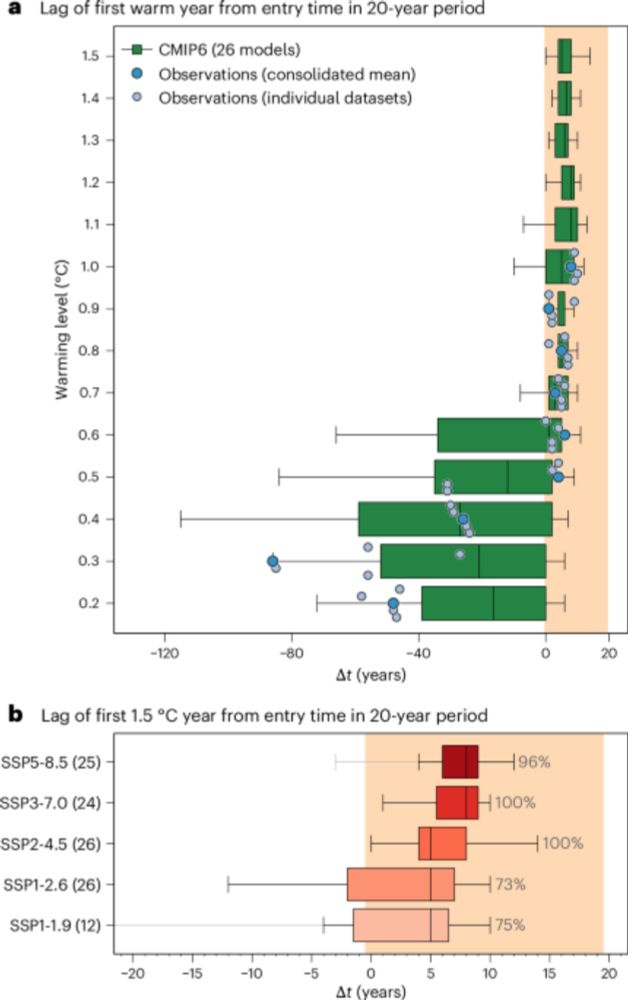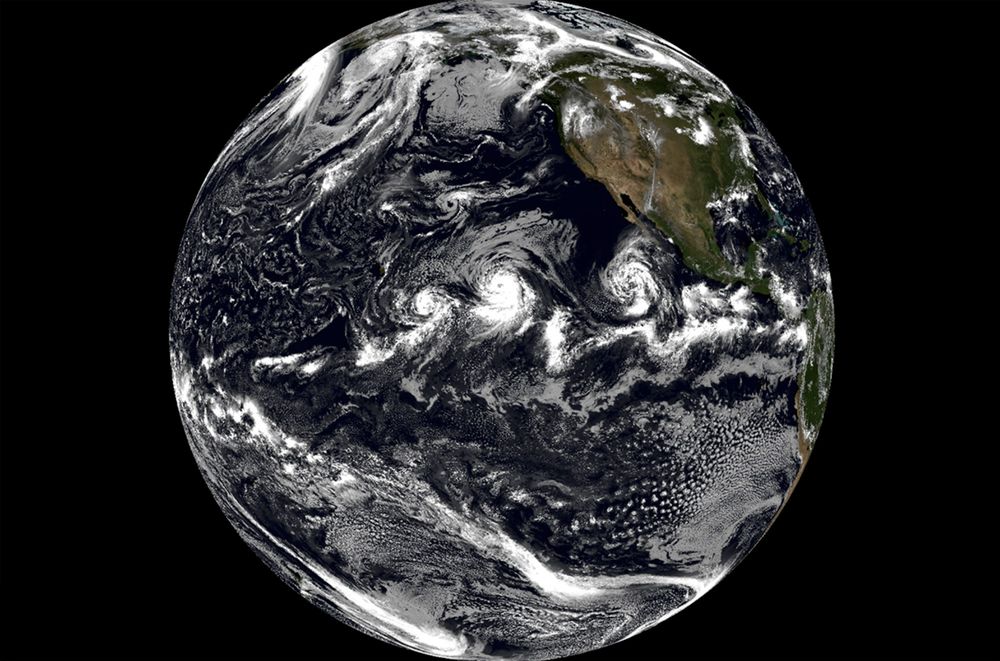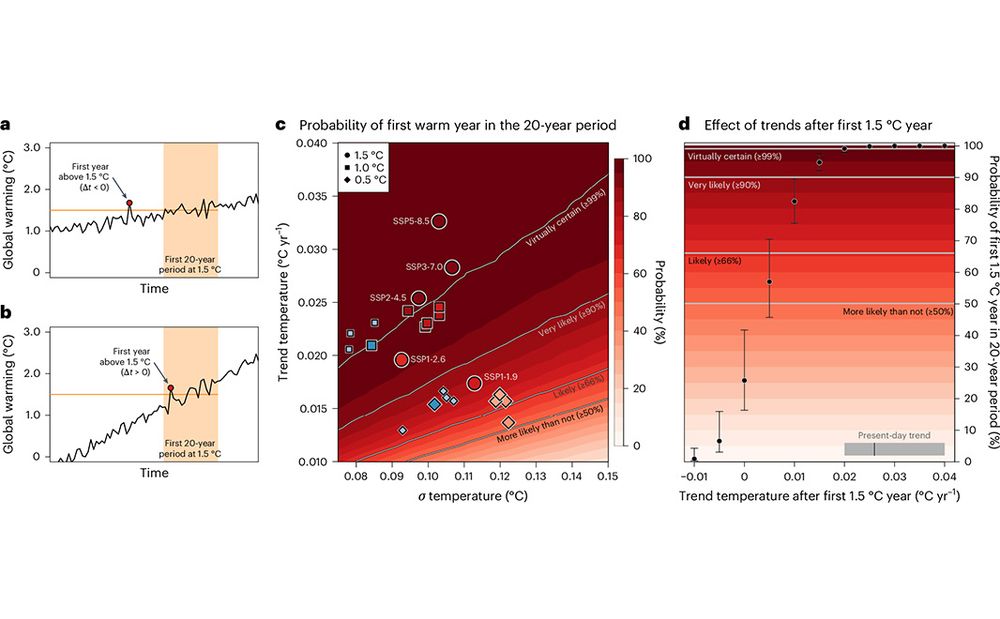Emanuele Bevacqua
@bevacquae.bsky.social
1K followers
570 following
34 posts
Climate scientist • Physicist • Group leader @ufz_de • Compound weather/climate extreme events • 🎨 • ❄️ • he/him
Posts
Media
Videos
Starter Packs
Pinned
Emanuele Bevacqua
@bevacquae.bsky.social
· Feb 10

A year above 1.5 °C signals that Earth is most probably within the 20-year period that will reach the Paris Agreement limit - Nature Climate Change
What a first year with temperature 1.5 °C above the pre-industrial baseline implies for long-term temperature goals is unclear. Here the authors show that such a first year above the baseline is highl...
www.nature.com
Emanuele Bevacqua
@bevacquae.bsky.social
· Jul 16
Emanuele Bevacqua
@bevacquae.bsky.social
· Feb 12
Reposted by Emanuele Bevacqua
New Scientist
@newscientist.com
· Feb 10

Have we already breached the 1.5°C global warming target?
Although the climate goals set by the Paris Agreement are based on the long-term average temperature, one year of high temperatures might be a sign that the 1.5°C threshold has already been reached
www.newscientist.com
Reposted by Emanuele Bevacqua
Emanuele Bevacqua
@bevacquae.bsky.social
· Feb 10
Climate Analytics
@climateanalytics.org
· Feb 10

A year above 1.5 °C signals that Earth is most probably within the 20-year period that will reach the Paris Agreement limit - Nature Climate Change
What a first year with temperature 1.5 °C above the pre-industrial baseline implies for long-term temperature goals is unclear. Here the authors show that such a first year above the baseline is highl...
doi.org
Emanuele Bevacqua
@bevacquae.bsky.social
· Feb 10
Emanuele Bevacqua
@bevacquae.bsky.social
· Feb 10
Emanuele Bevacqua
@bevacquae.bsky.social
· Feb 10
Emanuele Bevacqua
@bevacquae.bsky.social
· Feb 10
Emanuele Bevacqua
@bevacquae.bsky.social
· Feb 10
Emanuele Bevacqua
@bevacquae.bsky.social
· Feb 10
Emanuele Bevacqua
@bevacquae.bsky.social
· Feb 10
Emanuele Bevacqua
@bevacquae.bsky.social
· Feb 10
Emanuele Bevacqua
@bevacquae.bsky.social
· Feb 10
Emanuele Bevacqua
@bevacquae.bsky.social
· Feb 10

A year above 1.5 °C signals that Earth is most probably within the 20-year period that will reach the Paris Agreement limit - Nature Climate Change
What a first year with temperature 1.5 °C above the pre-industrial baseline implies for long-term temperature goals is unclear. Here the authors show that such a first year above the baseline is highl...
www.nature.com











